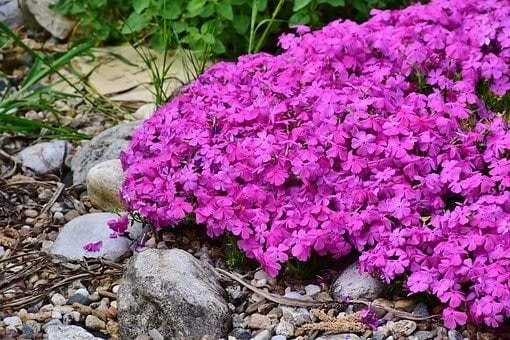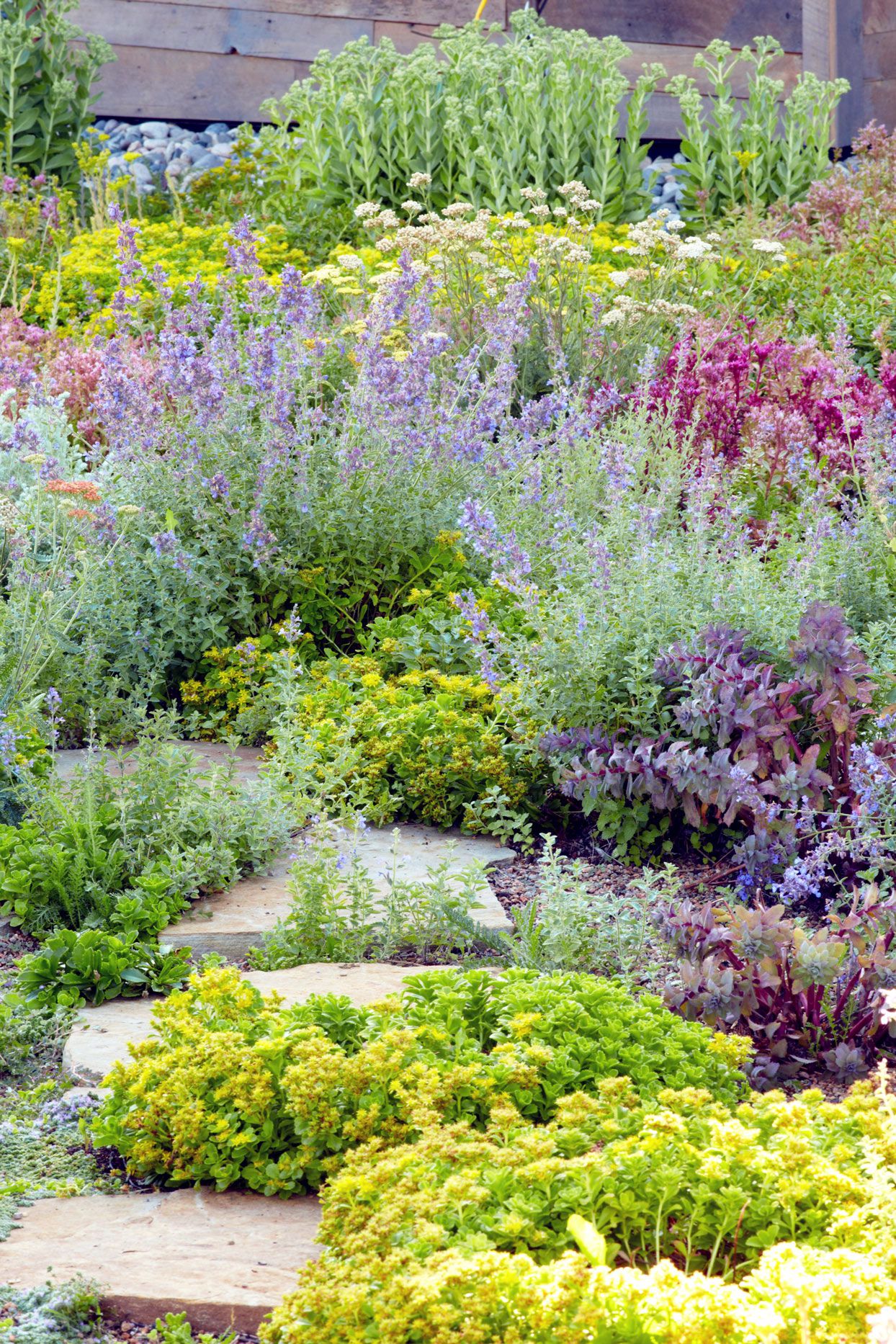7 Ways to Use Ground Covers in Your Yard

Ground cover plants can do more for your yard than you realize. Check out these 7 ideas to see how.


Ground cover plants can do more for your yard than you realize. Check out these 7 ideas to see how.
Low-growing ground cover plants are an often-overlooked solution to many of the most common landscaping problems homeowners face. And that’s a real shame, because many ground cover plants are easy to grow, come back year after year and can bring color and texture to your flower beds or lawn.
Whether you’re looking for a way to fill in the bare soil under your trees or in other shady spots, need a way to make lawn maintenance on slopes easier, or are simply looking to revitalize the look of your flower beds and landscaping, ground cover plants can meet your needs. These seven tips for using ground covers in your yard can help you solve your landscaping problems and give you the best yard on the block.
1. Make Slopes Easier to Manage
Mowing, weed-eating or otherwise maintaining grass on a slope or hill is a real pain. It can be dangerous, too, especially on a steep slope or in wet grass.
Landscaping with ground cover plants can make caring for landscaping on a slope, embankment or hill much easier. Most ground cover plantings don’t need to be mowed or trimmed, so you can put the lawnmower away and stop struggling with the weed-eater string. Longer ground covers like ivy, Japanese painted fern, Japanese forest grass and pachysandra are great choices for a low-maintenance, visually appealing slope.

2. Fill Shady Spots
It can be hard to grow traditional turf grasses in shady spots under trees, but there are plenty of ground cover species that love the shade and will grow well under your trees, filling in the space with greenery and texture. Grape hyacinths can add quick bursts of color to shady spaces in the spring, and after they go dormant, good ground covers for shade, like pachysandra, vinca minor, liriope and wintercreeper can offer foliage and flowers throughout the summer.
Plant ground covers in between tree roots. Add some compost, garden soil, mulch and other organic material to get ground cover plants started and to avoid the need to dig too deeply into the soil around your tree’s roots.
3. Pair with Other Plants
Ground covers are a great way to add movement and texture to flower beds because they’re usually much shorter than many popular flower bed plantings. Colorful ground cover plants like creeping phlox, basket of gold and creeping thyme can fill in your flower beds and add interest to your garden.
Thinking about coverage?
Security for your home. Protection for your budget.
4. Add Texture to Beds
If you like to grow large, showy plants in your flower beds, a single species of ground cover can provide an attractive backdrop for them. But mixing several species of colorful ground cover plants can create a beautiful mosaic of different colors and textures in your beds. Go for different shades of green with covers like Scotch moss, ajuga, creeping Jenny, Dutch clover, and golden pearlwort, or add some color with flowering ground covers like nepeta, Angelina sedum, basket of gold or amethyst in snow.

5. Soften Edges
If you’ve been making hardscaping outdoor home improvements, like installing patios or pathways, you might be looking for a way to soften the sharp edges around your new installations. Many ground cover plants are well-suited to this purpose. When planted along paths or around patios, they can spread out to soften the edges of these hardscaping features. Try creeping ground covers, like creeping thyme.
6. Fill Gaps
Looking for an attractive way to fill in gaps between stepping stones? Many species of moss are easy to grow, won’t creep out of their space and can handle a little foot traffic. Other good choices include a low-growing sedum or creeping thyme.
7. Go Grass-Free
While most people might still choose to grow a sprawling expanse of turf grass on their lawn, homeowners are increasingly realizing that it’s not the only option. Replacing your turf grass lawn with one made of a patchwork of ground cover plants can be more energy-efficient because many of these plants are more drought-tolerant than traditional turf grasses. Ground covers like Spanish daisy, lantana, creeping rosemary and silver carpet can tolerate full sun and drought conditions.
Ground covers are also easier to maintain than traditional turf grasses because they don’t need mowing. Most only grow to a certain height, and then no further. The most you’ll need to do in terms of maintenance would be to trim dead flowers off of some species of flowering ground cover, like a basket of gold.
Ground cover plants can do a lot for your yard. They can spruce up your flower beds, fill in shady spots or replace grass to cut down on maintenance. Don’t keep struggling with your landscaping problems. Solve them with ground cover plants.
A great way to spend more time doing fun projects around the house like landscaping and gardening is to get a home warranty plan from American Home Shield. Our plans cover the parts of up tp 23 systems and appliances you use every day like your HVAC, plumbing, electrical, dishwasher, refrigerator, washer/dryer, and more. We'll repair your covered items and find the Pro for the job!
Maintaining smart home security gadgets is made easy with an American Home Shield plan.

AHS assumes no responsibility, and specifically disclaims all liability, for your use of any and all information contained herein.
Have a plan for your home when things don't go according to plan
Shop Home Warranties